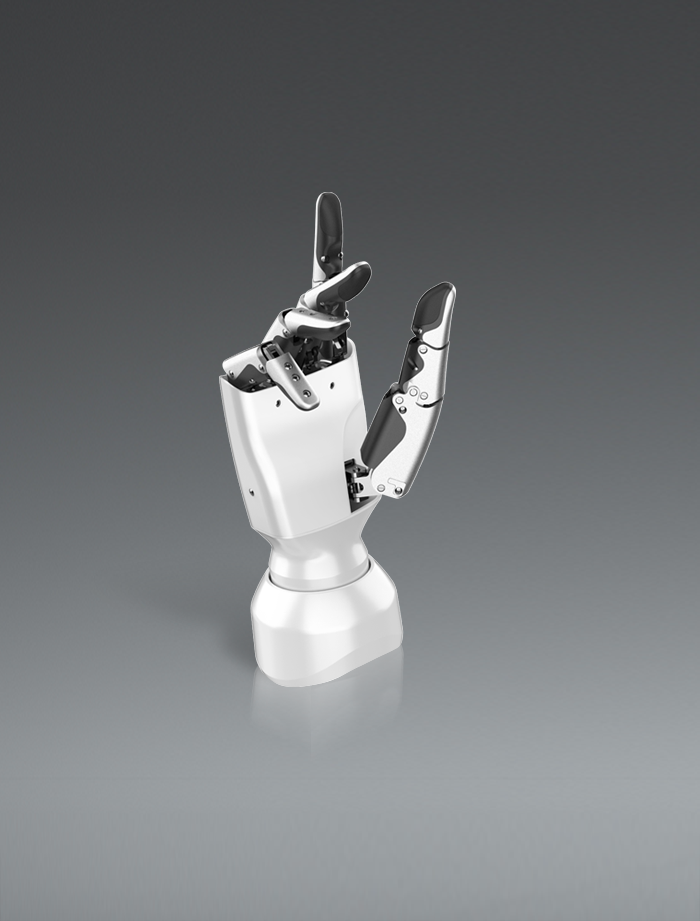The concept of a truly intelligent artificial mind has long been confined to science fiction. A growing consensus in robotics and AI research, however, suggests that such “strong” intelligence cannot exist in a purely digital vacuum. It requires a physical form—a body to interact with the world, learn from consequences, and build a grounded understanding of reality. This is the principle of embodied artificial intelligence. At Daimon, we are turning this principle into practice by developing the critical hardware and software that allow AI to perceive and manipulate the physical world with human-like dexterity and understanding.
The Critical Role of Embodiment in AI
True intelligence is not just about processing information; it is about using that information to achieve goals in a complex, unpredictable environment. A disembodied AI can analyze data, but it cannot learn what it feels like to grasp a slippery object, apply the right amount of force to handle a fragile item, or adjust a grip based on subtle tactile feedback. Embodiment provides the necessary experiences for an AI to develop common sense and sophisticated skills. It is through physical interaction that an AI learns cause and effect, building a rich model of the world that goes beyond pixels and text. Our work at Daimon focuses on creating this bridge between the digital and the physical. By equipping robots with high-resolution multimodal tactile sensing and dexterous hands, we provide the body through which artificial intelligence can truly learn and act.
Daimon’s VTLA Model: The Architecture for Embodied Skills
To translate the theory of embodiment into a functional system, Daimon has developed the Vision-Tactile-Language-Action (VTLA) model. This framework integrates multiple senses and commands to create a closed-loop system for intelligent manipulation. Vision provides the overarching scene context. Our high-resolution tactile sensors then deliver the fine-grained details—texture, pressure, slip, and temperature—that vision alone cannot see. Language commands, such as “gently unscrew the cap,” give the system its task-oriented goals. Finally, the action module, powered by advanced learning models, translates this fused perception into precise and adaptive movements of our dexterous hands or two-finger grippers. This continuous cycle of perception, decision, and action is what allows our robots to perform complex tasks reliably. For example, in our laboratory automation solutions, this VTLA model enables the safe and precise handling of hazardous reagents and fragile test tubes, perceiving their weight and status to automate experiments with unprecedented efficiency and safety.
Conclusion
The path to strong artificial intelligence is fundamentally intertwined with embodiment. It is through a physical presence that AI will gain a genuine understanding of the world and acquire the skills to operate meaningfully within it. Daimon is at the forefront of this revolution. By building the essential tactile perception systems and dexterous manipulation platforms, and by integrating them through our innovative VTLA model, we are providing the foundational technologies for embodied intelligence. Our mission is to unlock this potential, transforming industries from intelligent manufacturing to laboratory automation and beyond, ultimately creating robots that work seamlessly alongside humans.


